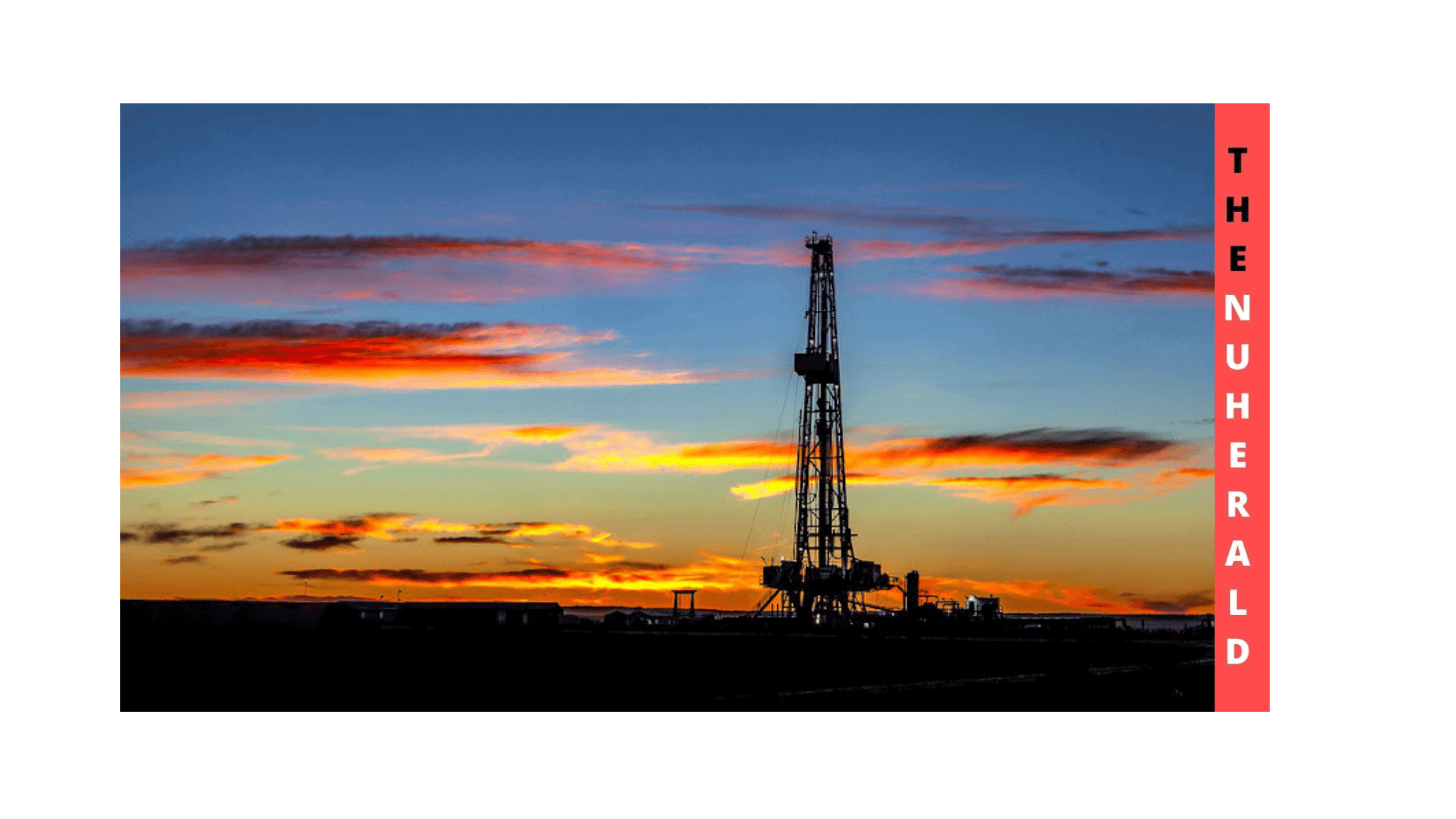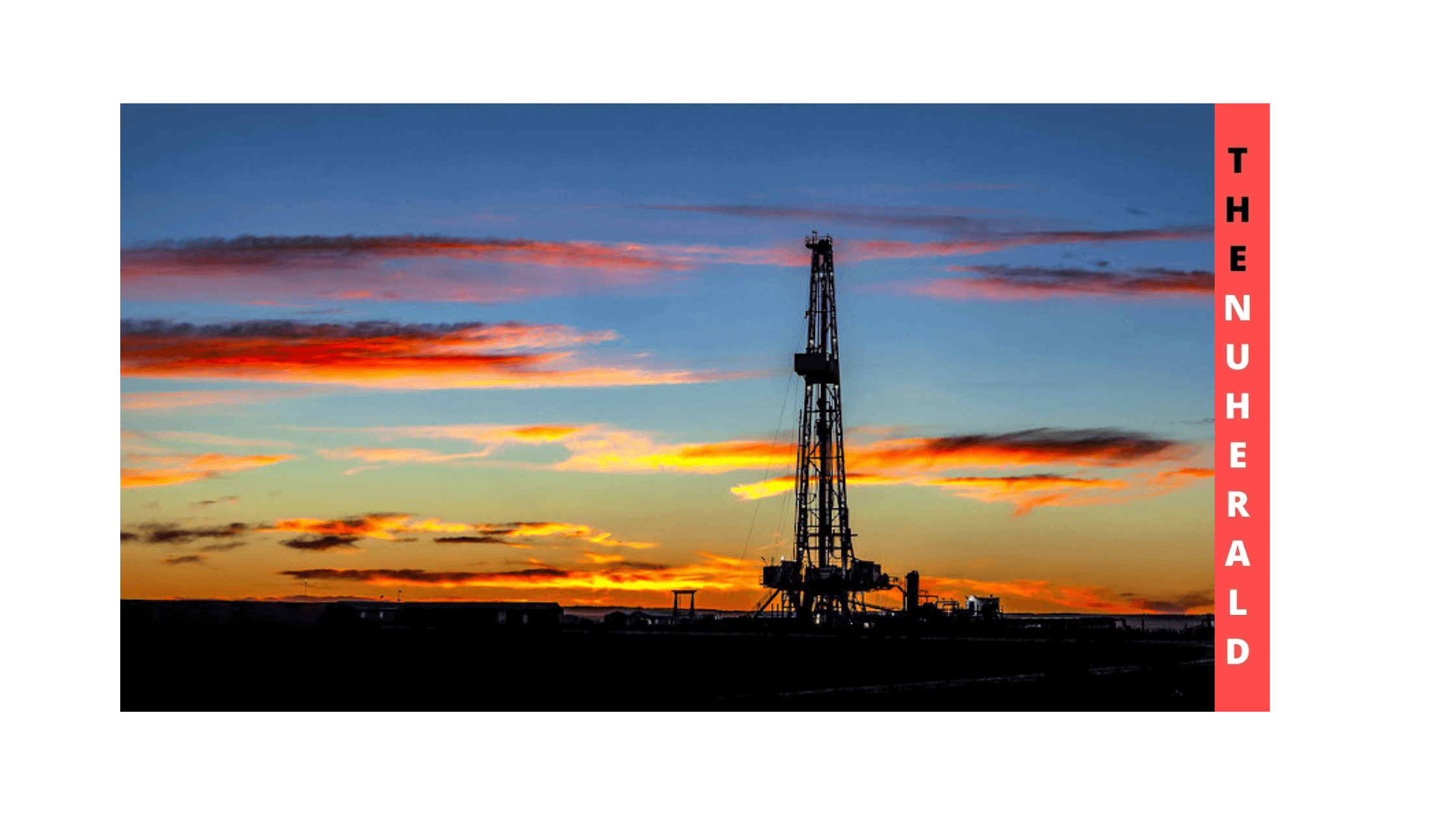The United States energy production experienced a boom with the advances in Hydraulic Fracturing and UOGD technologies. The rapid expansion of Oil and Gas Production in the United States has brought energy to Workplaces, Hospitals, Schools, and homes and thereby boosted the economy of the nation.
However, there have been numerous controversies related to harmful effects on the environment and on the health of local residents as the production of energy through UOGD has made humans vulnerable to increased risk of mortality because there are varieties of Chemicals and Pollutants released during the production which pose serious health risks.
UOGD- UUOGD and Mortality Risk – What Studies Say?
Beginning with well-site preparation and then proceeding to hydraulic fracturing, well completion into production, well maintenance, and finally, the abandoning of the well, the chemical and pollutants are released throughout the life cycle of UOGD.
The reports published on Nature Energy on January 27, 2022, the air pollutant released by the UOGD traveled to the downwind have contributed to the increased risk of mortality.

UOGD is an umbrella term for Oil and Gas production through Unconventional techniques. In contrast, in a conventional technique, reservoir and fluid characteristics allow the oil and natural gas to readily flow to the well-bore which is drilled into the geological formation.
UOGD operations include field development operations like exploration, site preparation, vertical and horizontal drilling, etc, and production operations along with post-production operations like well closure and land reclamation.
When compared with Conventional oil and gas drilling, UOGD requires a larger time for construction, more volume of water, more proppants(solid material, generally sand or treated sand or ceramic materials that keep the hydraulic fracture open), and more chemicals for fracking.
As of 2017, over 121,000 onshore UOGD wells had been drilled through a directional drilling technique combined with multistage high-volume hydraulic fracturing.
The Connection With Mortality Risks
According to Petros Koutrakis, professor of environmental sciences, there is a very little study done to date to link UOGD and mortality risk.
Conducting the first-ever study to link UOGD with mortality risk, Koutrakis and his co-author Francesca Dominici, Clarence James Gamble Professor of Biostatistics, Population, and Data Science concluded that closer to the UOGD wells people lived, the more is the risk of premature death.
People living close to wells have a 2.5% higher chance of premature death than those living away from the well. Similarly, when two groups of unexposed people, one living closer to the well in downwind and another living in upwind, were studied, the experts concluded that the people living closer to the downwind have a higher chance of premature death than those living in upwind.
The researchers conducted the literature search in MEDLINE and SCOPUS for epidemiological studies. For each eligible study, the researchers extracted the data based on study design, study population, health outcomes, exposure assessment approach, statistical methodology, and potential confounders. The researchers reviewed articles based on health outcomes.
After screening 40 such articles and shortlisting 29 of them, the study concluded pregnancy outcomes, asthma, cancers, exacerbations, and other serious health risks associated with those living near UOGD wells.
Out of 29 articles reviewed at least 25 of them had a statistically significant association between UOGD exposure and health outcomes.
According to Longxiang Li, a postdoctoral fellow in the Department of Environmental Health, the studies suggest the importance of considering the potential health risk of UOGD situated near or upwind of a civilian’s residence.
UOGD has expanded very rapidly over the past 10 years. Various studies suggest that there have been more than 1,10,000 UOGD land-based wells drilled using directional drilling combined with hydraulic fracking.
Hydraulic fracking is a simulation technique that involves fracturing the bed-rock technique through a pressurized liquid to extract oil, natural gas, geothermal energy, or water.
Currently, 17.7 million US citizens are living near at least one active well and the studies linking UOGD and Mortality risk is still in the developing stage but going by the basics- there will be harmful effects on the environment and human health!
